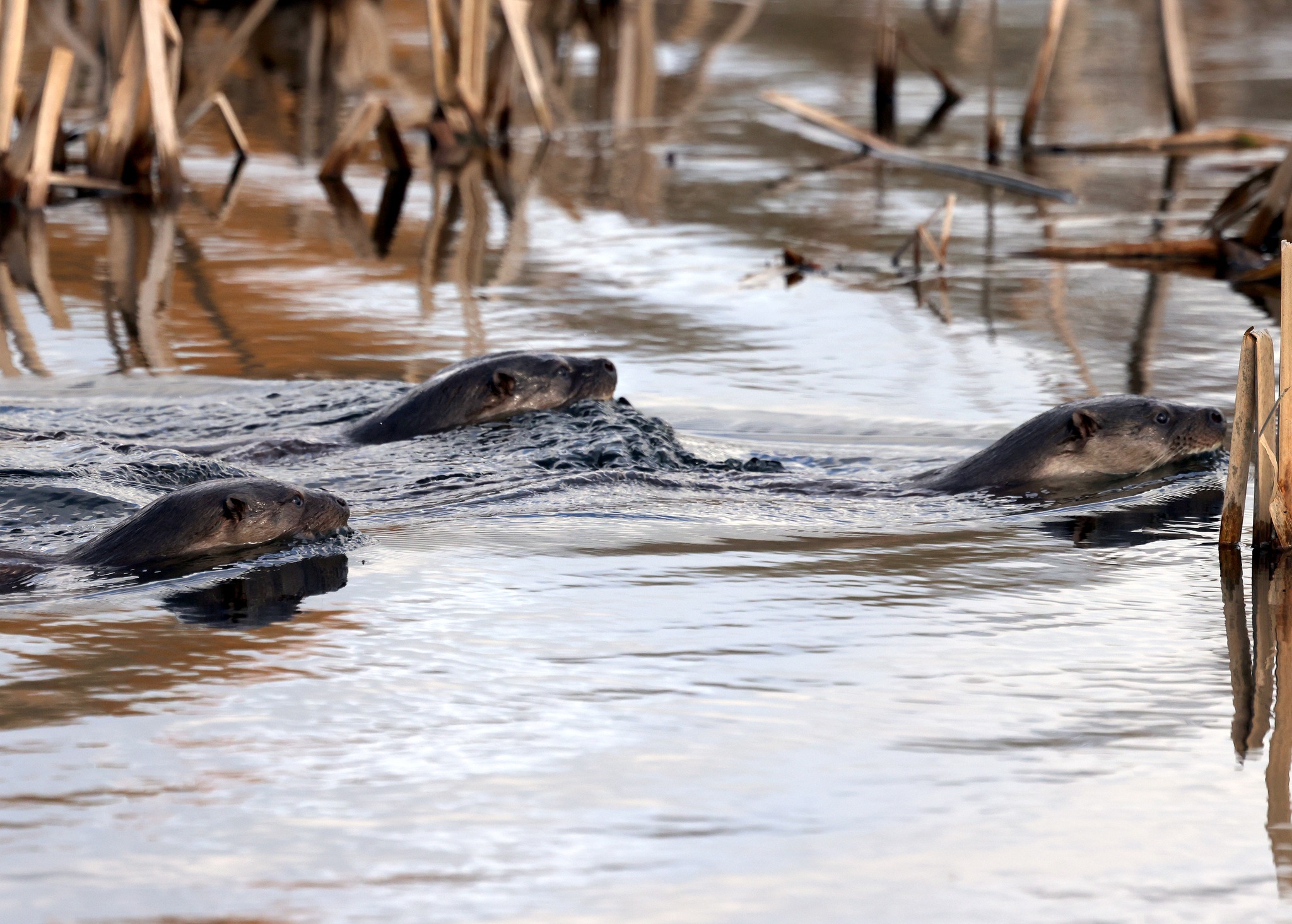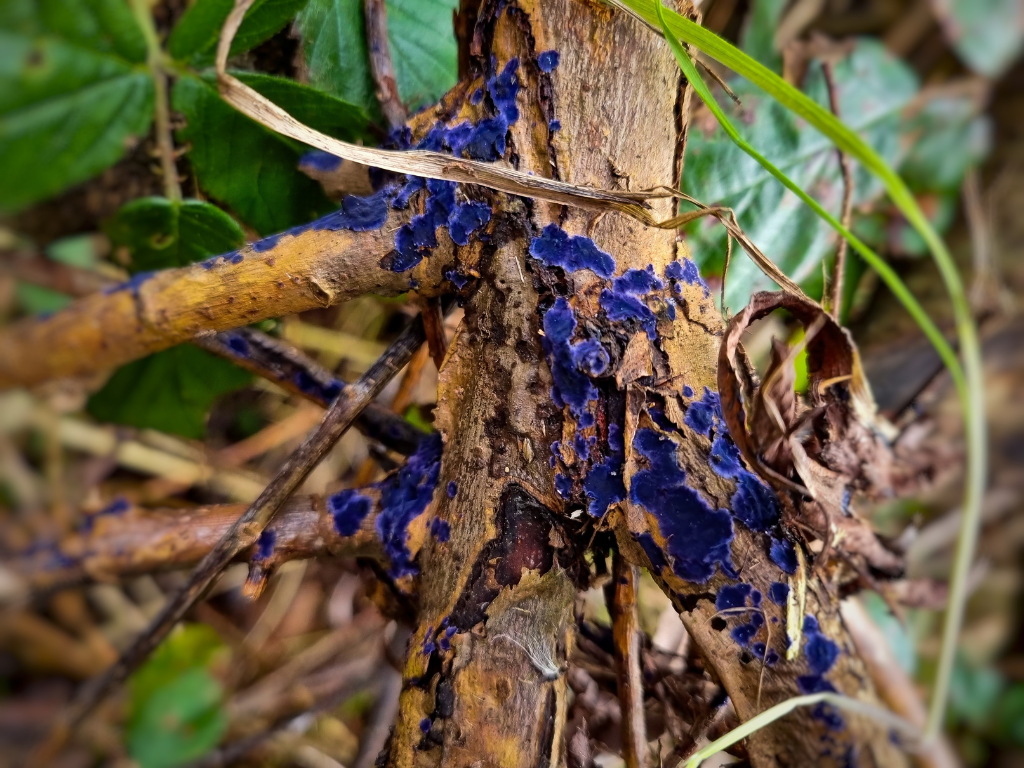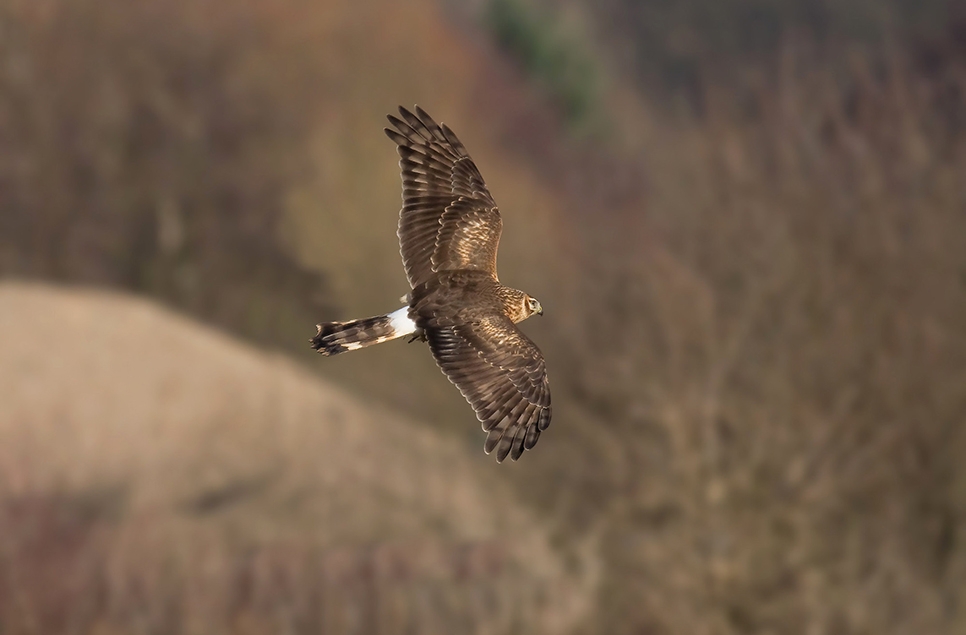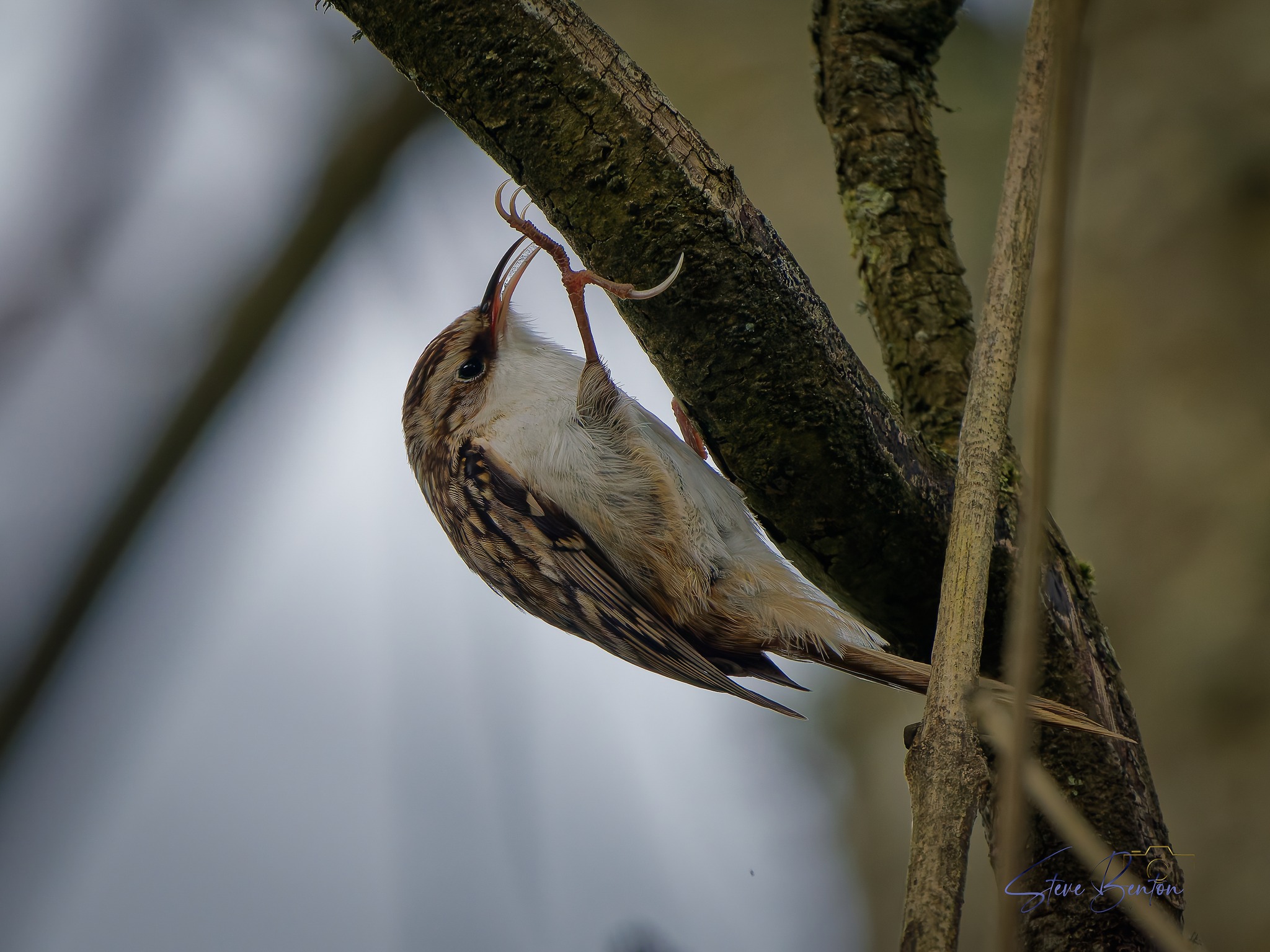Recent Sightings 27th February - 4th March
Displaying Lapwings, bird song, Black Headed Gulls, and Great Crested Grebe
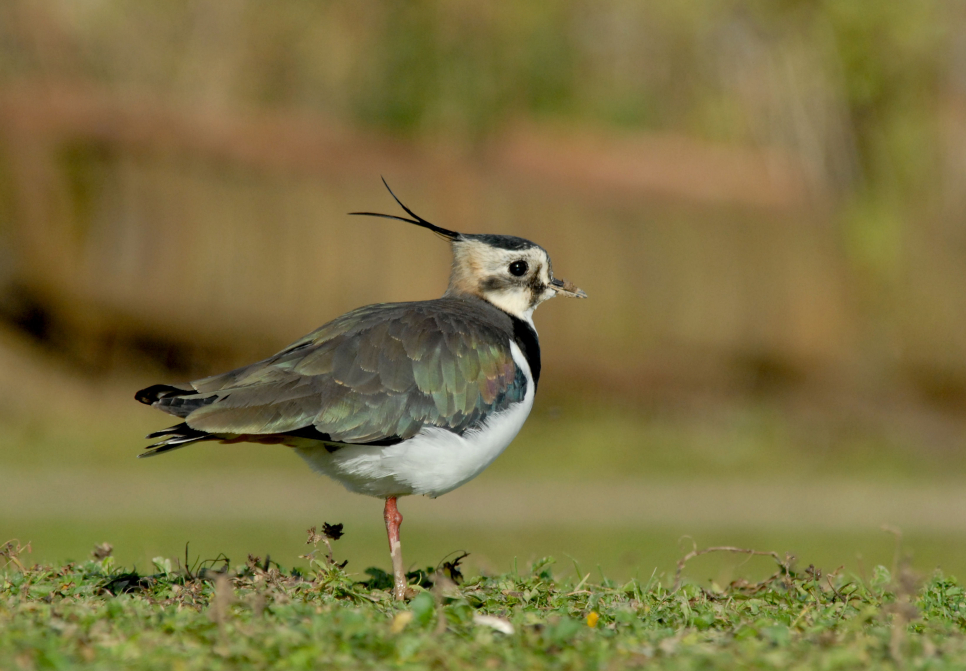
Over the last few weeks the reserve team here at WWT Llanelli have been busy battling against Amber and Red weather warnings and dealing with the post storm debri clean up, which came in the form of clearing falling trees and inspecting the Millennium Wetlands for trees that had been weakened or uprooted by the gusts. While we had to be proactive with most of these trees by cutting them down to create log piles for wildlife, other trees that had fallen in the depths of our woodlands have been left alone to fulfil their next ecological role as deadwood.
Here the great towering trees that for years cradled nests of young birds and help to raise them to adulthood come to rest against the undergrowth, where they'll be broken apart and eaten by insects, lived in by small mustelids, and become a dining place for corvids and passerines alike. While the tree may have been pulled down, it lives on through the flocks of Long Tailed Tits and other creatures who were brought up in it's boughs, and now it'll bring new life to the woodland.
Within the last week however the winds have died down and we've been able to finish the last of our Winter habitat work in time for Spring, and already there's clear early signs of spring all across the reserve.
For those of you interested in bird song, our Chaffinches, Blue Tits, Great Tits, Blackbirds, Greenfinches, Song Thrushes and even a Chiffchaff have begun singing this month throughout the reserve which makes this brief time window before Summer a spectacular time to tune into what each species sounds like. When the summer begins to roll in the air will become thick with songs of Willow and Reed Warblers and other Summer migrants, bringing a new set of audible challenges, so now is a good time to become familiar with our residents.
Each person will tell you how a call sounds in their own way so the best method to begin identifying these calls is going out and catching sight of a bird as it sings. This way you can come up with your own verbal description of what it sounds like.
Birds like the Blue Tit and Great Tit have multiple songs, but the pitch is more or less the same, so setting time aside and being patient will soon see you on the path to hearing and identifying more than you can see.
On the Millennium Wetlands the Lapwings have started to display and explore the cocklebeds on the Eastern side of Deep Water Lake where they're looking for an area to nest and pair up when the time comes in the next month or so. The sound of sharp but sweet 'peewit' is filling the air and males are starting to hunker down and display rear feathers while others are starting to conduct their fantastic aerial displays. The male will take off and thunder through the sky, diving and swooping through the air to impress their mate, who almost always looks unimpressed despite the sheer spectacle. A Lapwing's manoeuvrability in the air is an amazing sight to see and it's only going to increase over the next few weeks. The viewing screens down the centre path are one of the best ways to spot the Lapwings, although these birds are surprisingly well camouflaged. The males are a lot brighter coloured than the females, have a taller crest and a larger black bib, and seeing the two next to each other is a good way to gauge their differences.
The Freshwater lagoon has been a hive of activity and full of Black-Headed Gulls who are calling to each other and exploring the area for places to nest in the coming months. Soon we'll drop the water level ever so slightly to expose the islands underneath the surface which will provide a lot more space and food for the flocks there, of which this morning numbered around 174 Black-Headed Gull individuals. Elsewhere on the reserve they're also present, but like years previous they've taking special interest in the lagoon, and we'll be eagerly awaiting the nests in the next month or so.
In the Deep Water Lake, the Great Crested Grebe has returned having successfully reared young here last year with a partner. It's a majestic bird, standing out amongst our resident Ducks with it's long slender neck and dashing headdress and we hope that another will return to the lake and they'll be able to pair up like they did last year. With this hope, we'd be able to witness the Great Crested Grebe's courting rituals which truly is a fantastic sight to see, but we'll elaborate on this if, as and when, it begins to unfold on the reserve.
This morning's count shows 174 Curlew on the Saline Lagoon, 70 Black-Tailed Godwit along with a few Bar-Tailed, 2 Spoonbills sleeping on the Dafen scrapes, Little Egrets, Buzzards, 72 Black-Headed Gulls, Shoveler, Teal, Tufted Duck, Mallard, and Shelducks. The Millennium Wetlands has seen a pair of Kingfishers exploring, the Great Crested Grebe, Little Grebes, and Sparrowhawks both male and female darting through the reserve.
